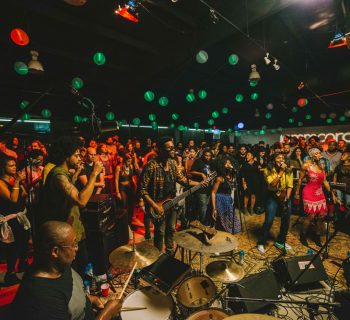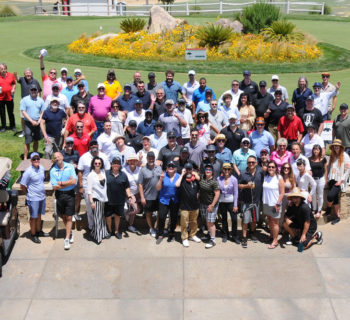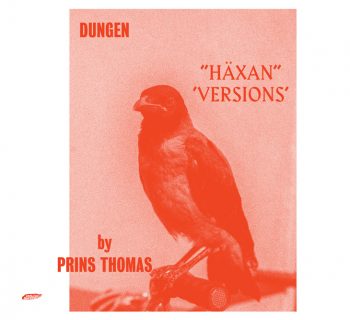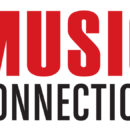Thanks to modern technology, video game compositions have evolved exponentially over the years—from bite-sized chip tunes of the ‘80s programmed in a basement to today’s full orchestral compositions tracked at Ocean Way. And through the rise of video game fandom, the itch for live performances has blossomed. We interviewed five of the busiest composers in gaming to find out how contracts are keeping pace, what it means to partner with sound designers and how to keep your work fresh in an over-saturated field.
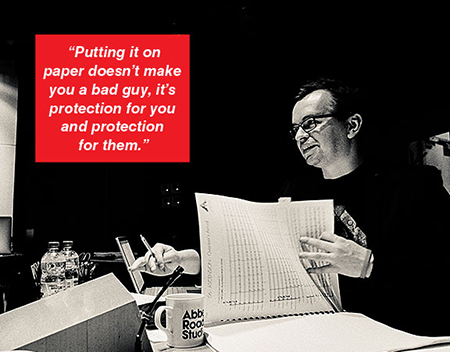 Gareth Coker
Gareth Coker
Titles: Ori & The Blind Forest, Minecraft Mythology Series
gareth-coker.net
MC: How will the music for Ori & The Will of the Wisps differ from its 2015 predecessor?
Gareth Coker: It’s pretty clear from both of our trailers that we have a key second character, which is an opportunity for a new theme. We actually end [the trailer] with the Owl’s theme this time around. So, it’s an opportunity to develop a new melody and then really make sure the music is reflecting what the player is doing, but not feeling gimmicky.
When I say gimmicky––I never, ever, ever want a player to be reminded that they are playing a video game. Jingly sound effects when you have an [item] pick up, like “ding-a-da-ding,” we never have that in Ori. It works in games like Zelda, which is an art style with a completely different aesthetic. But in a game like Ori, which so heavily relies on emotion and atmosphere, I never want to do anything that breaks [that style]. But also change the music enough from moment to moment to make the flow a little bit more interesting for the player.
MC: Speaking of sound design, what is the relationship you share with sound designer Andrew Lackey like on both Ori projects?
Coker: I have an amazing relationship with Andy [Lackey] (Matrix, Dead Space). … He respects what music can do, and I respect what sound can do. So, we’re quite good at staying out of each other’s way. In the first Ori, there’s a section that relies on using the glide mechanic and you’re just using the wind basically to get through the level.
For a sound designer, there’s only so much you can do with wind to make it interesting (laughs). So Andy was like, “Gareth, can you do something here with the music, because I’m kind of fed up with this wind.” And most of the gameplay music—excluding the big set pieces—is quite withdrawn. Andy said, “Ori’s just got the last ability at the wind level, you can you can go big on the music.” And so I did. … And it’s those kinds of little exchanges that we’re constantly having a back-and-forth that enable us to have a really smooth and well-balanced audio experience. I don’t think there’s a game out there that sounds like Ori and I’m not just talking about the music I’m talking about the balance between all of the elements.
MC: Ori’s first soundtrack is all over the Internet, including Pandora. How do modern composers negotiate these publishing royalties?
Coker: If there’s nothing upfront, you need to make sure that you have something on the back end. Let’s say you’re doing a game soundtrack for an indie company that doesn’t have any publishing funds, which happens a lot. They really should have no problem giving you 100 percent of the soundtrack royalties… at the very least, 50/50. Chances are it will never get licensed, but you should absolutely put that in a contract––because you just never know what’s going to happen––and then you’re protected if the opportunity does arise. …
Now, of course, if the game doesn’t sell well then no one makes any money. But you’d be amazed at some of the games that end up with sales of over 100,000 units. If that game sold for 20 dollars and you negotiated four or five percent, that can be a year of salary.
MC: Any other contract advice?
Coker: You’ve got to make sure you are credited. … I don’t handle my contracts anymore, but the ones at the beginning of my career I’m just like, “They could [have] literally put anything they wanted.” You’ve just got to assume the worst, and at the end of the day just putting it on paper it doesn’t make you a bad guy, it’s protection for you and protection for them.
This article was originally published in the August 2018 issue of Music Connection.




